They had a bird feeding station set up to give their customers something to do while waiting for others to join the group.
Here are some of the birds and one animal we saw there.
Green Honeycreeper (Chlorophanes spiza)
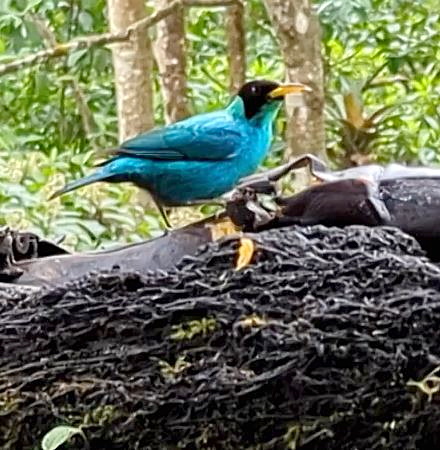

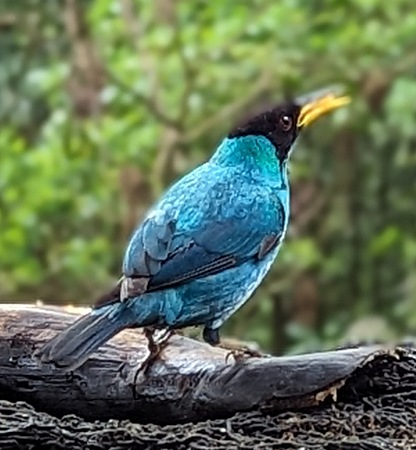
Silver-throated Tanager (Tangara icterocephala)
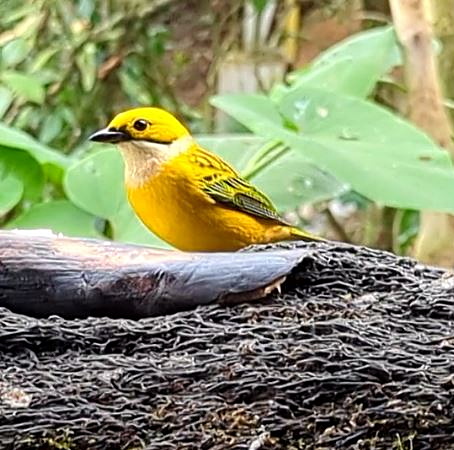
Clay-colored Thrush (Turdus grayi)

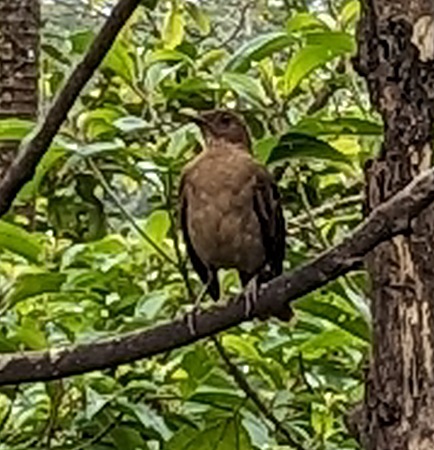
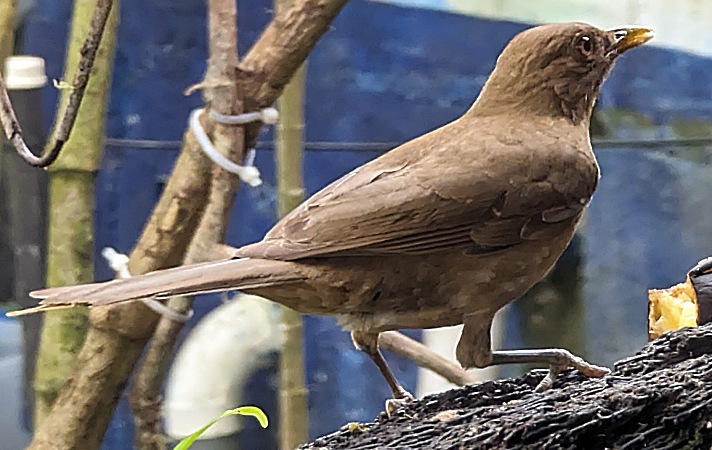
I think that this is a female Variable Seedeater (Sporophila corvina) and another Silver-throated Tanager
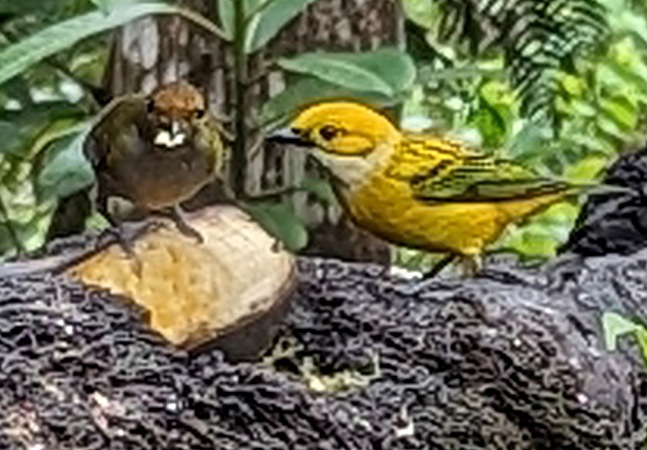
A White-nosed coati (Nasua narica), also known as the coatimundi
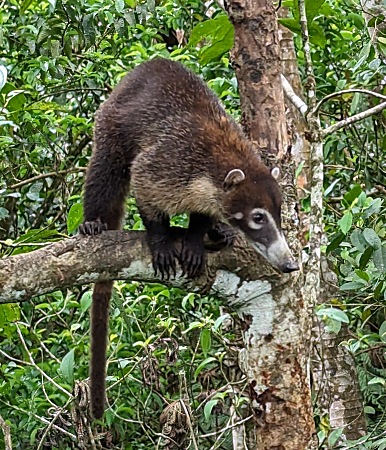
Black-cheeked Woodpecker (Melanerpes pucherani)
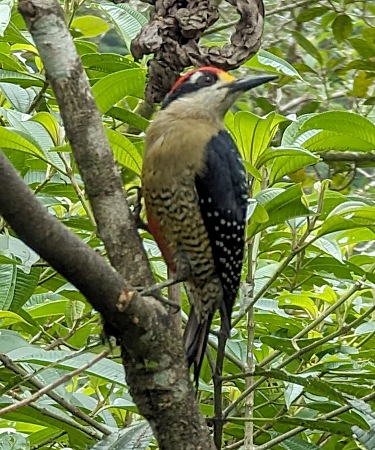
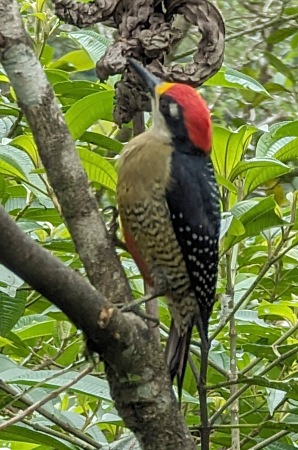
Later in our trip we visited the Rescate Wildlife Rescue Center
It is a 100 % Costa Rican non-profit foundation dedicated to conserving the country’s wildlife.
Its goal is to rehabilitate and release wildlife, preserve habitat and provide lifetime care for the animals that could not survive on their own in the wild.
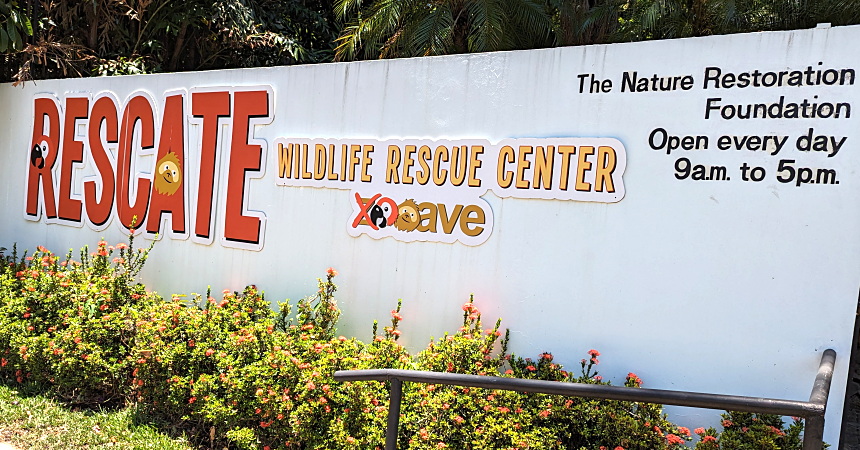
Here are some of the creatures we saw there.
I am puzzled.
Did the artist that made this sculpture consider how the baby toucan fit that bill in its egg?
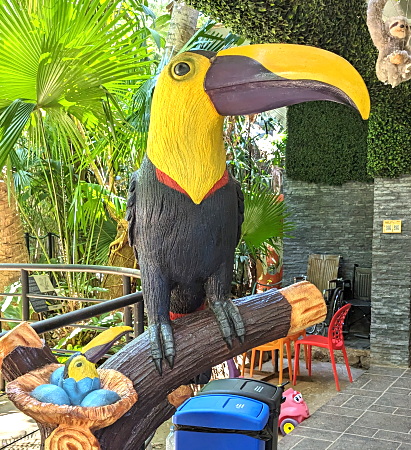
Scarlet macaw (Ara macao)
The Great green macaw (Ara ambiguus), also known as Buffon's macaw or the great military macaw
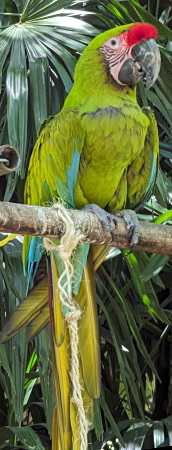
The tent-making bat (Uroderma bilobatum) is an American leaf-nosed bat (Phyllostomidae) found in lowland forests of Central and South America.
We saw these under a palm leaf over the path.
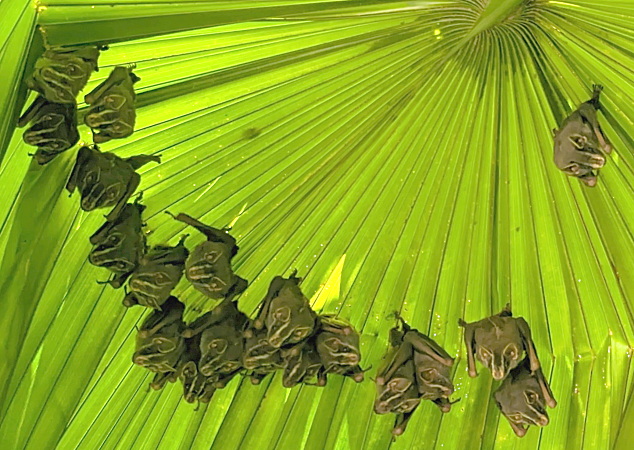
A green iguana (Iguana iguana), also known as the American iguana or the common green iguana.

A furrowed wood turtle (Rhinoclemmys areolata).
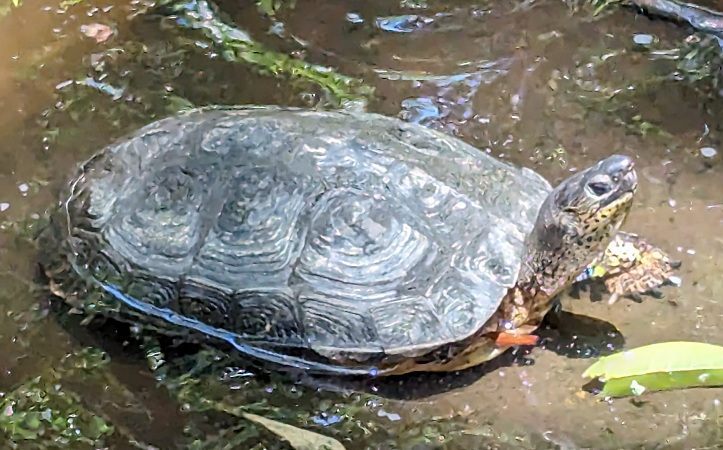
This could be a Boa constrictor. I'm really not sure.
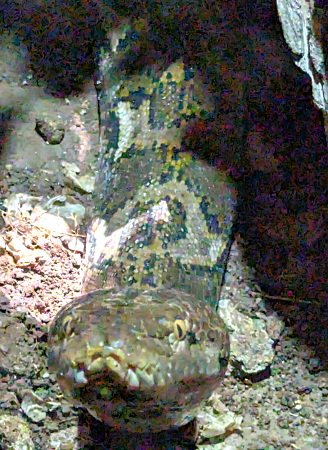
Python, again I am not really sure.
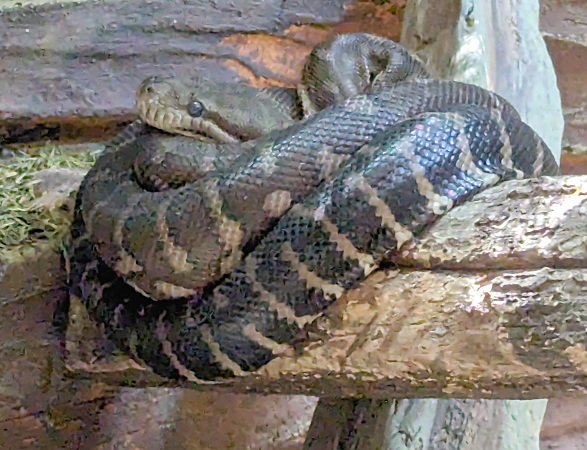
Another boa or python??? I am sure that I don't know.

Spix's guan (Penelope jacquacu)

Other colorful denizens of the park.
The collared arašari (Pteroglossus torquatus)
The White-crowned Parrot (Pionus senilis)
A black curassow (Crax alector), also known as the smooth-billed curassow and the crested curassow,
A rufous-backed wren (Campylorhynchus capistratus)
Weaver bird nests
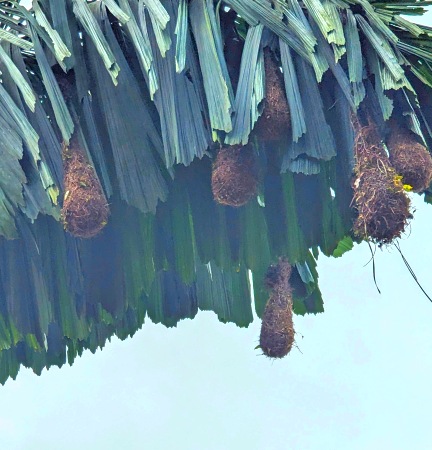
The green-and-black poison dart frog (Dendrobates auratus), also known as the green-and-black poison arrow frog and green poison frog.
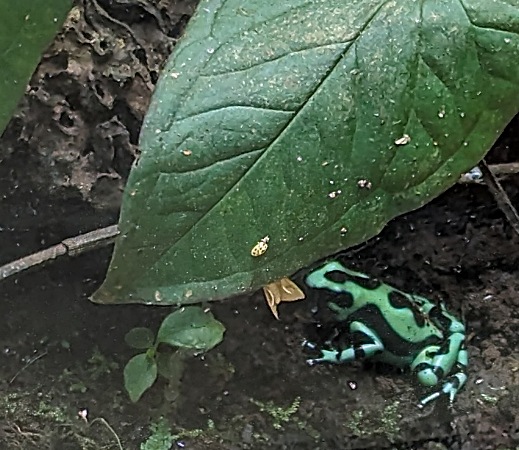
Near the entrance to the aerial tram they had set up a large sheet with an LED and an incandescent light that would attract moths like these.
It was mid day when we were there so there isn't much to be learned from the lights but here are a couple that were hanging on the sheet.
This is a Dirphia subhorca moth. I couldn't find a common name.
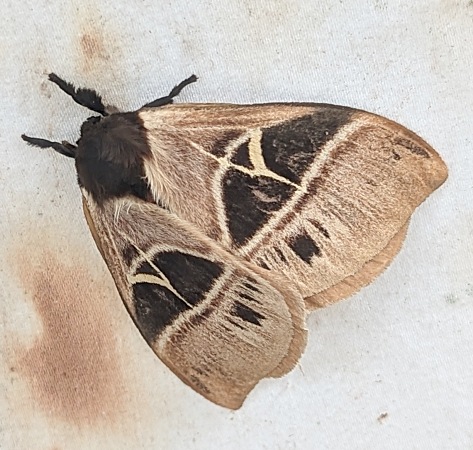
Mariposa-cachorrinho (Podalia orsilocha)
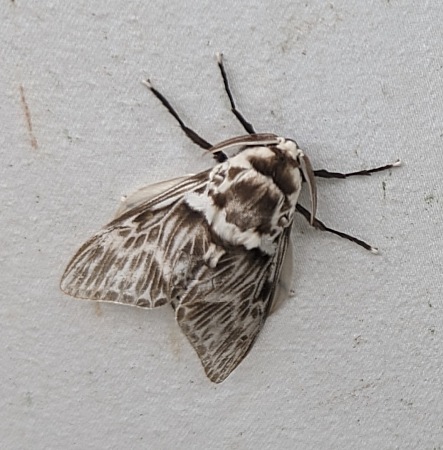
Even though these seem to be different they are both Mariposa-cachorrinho (Podalia orsilocha)
Not far from Arenal we stopped at the El Perezoso restaurant.
Next to it was a trail with guides whose job was to point out sloths in the trees and set up telescopes on tripods so we could get a better look.
Can you see the baby sloth in the second picture peaking out over the edge of the "nest " formed by its moms body and and arms
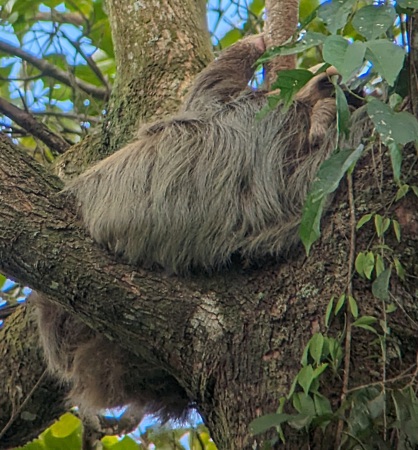
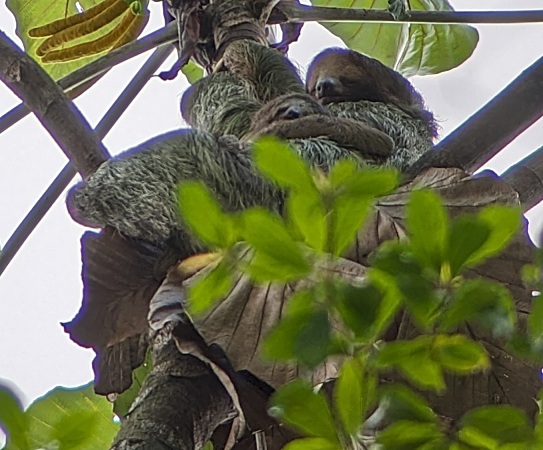
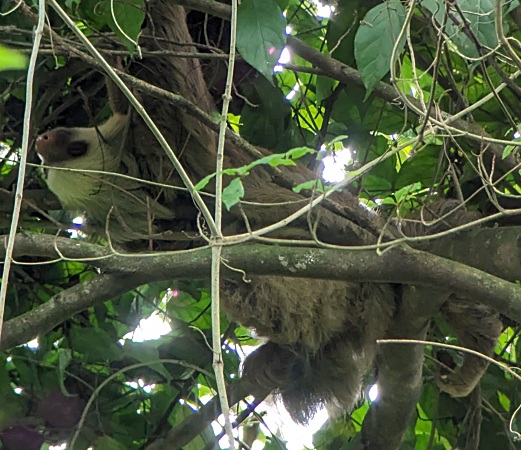
Tis is a termite nest along the trail.
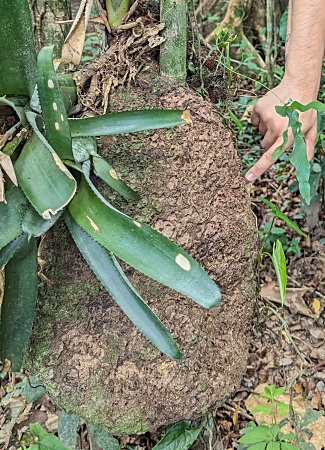
This great curassow (Crax rubra) was wandering around the grounds of our hotel at Arenel.
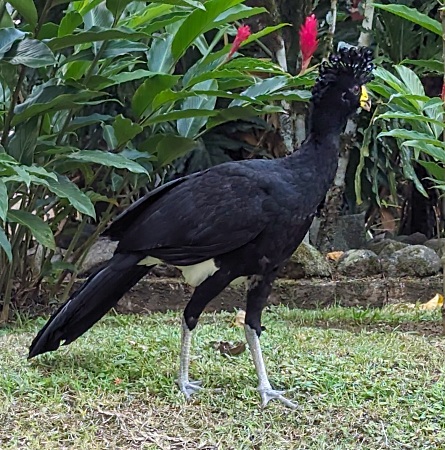
The next few pictures are outside the El Jardin where we stopped for lunch
This is probably a boat-billed flycatcher (Megarynchus pitangua) or possibly a great kiskadee (Pitangus sulphuratus)
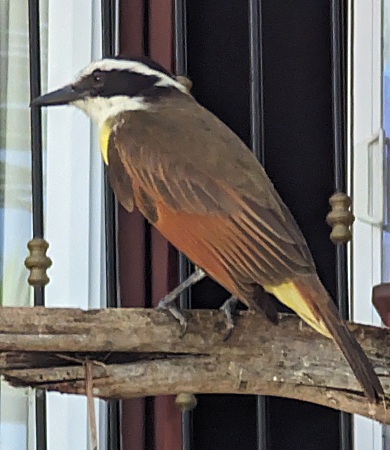
Across the road was a garden with an assortment of butterflies
These are Malachite (Siproeta stelenes)
I included the picture of the second worn specimen only because it shows a lot more orange in the band on the underwing.
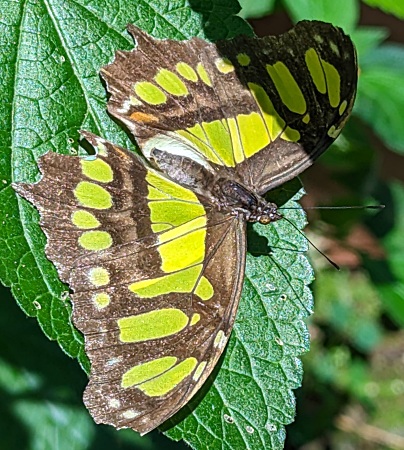
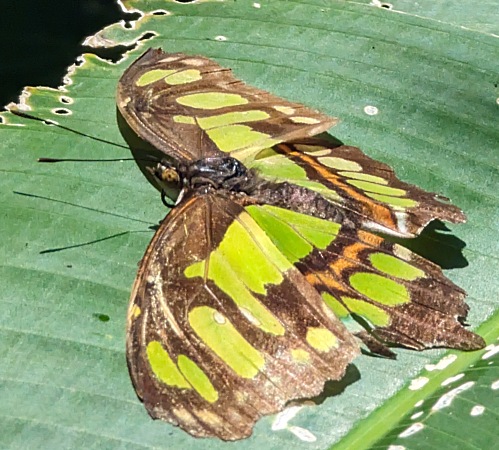
Two pictures of a Blue morpho (Morpho peleides).
The first is unusual since the upper side of the wings are usually seen as a flash of blue when they are flying.
At rest the brown underside is what you see.
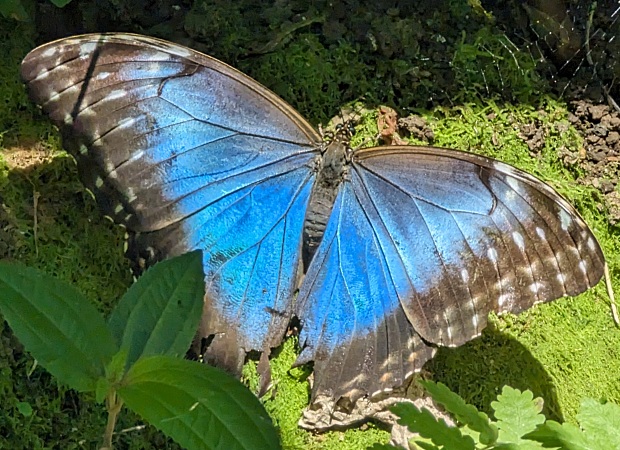
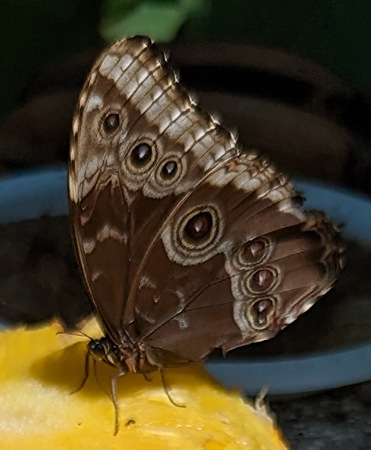
Julia butterfly (Dryas iulia)
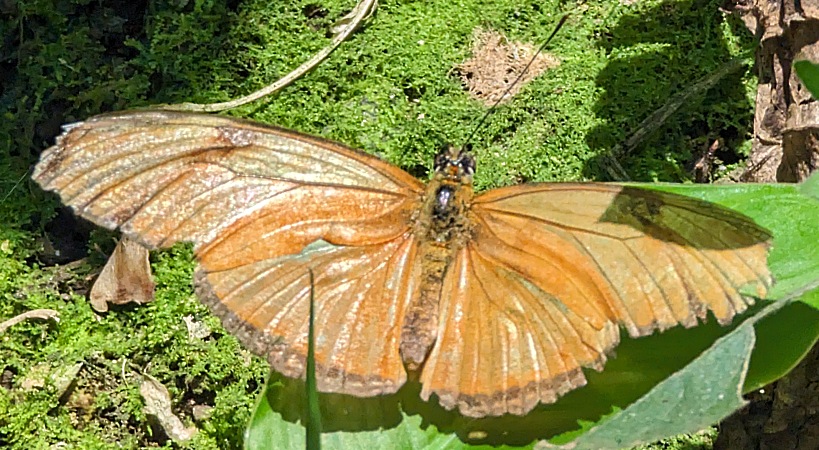
We saw some wildlife during our boat ride on the Sierpe river.
This is a northern jašana (Jacana spinosa) also known as a Jesus bird since it seems to walk on water.
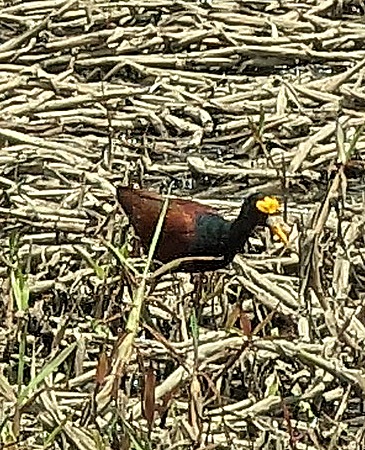
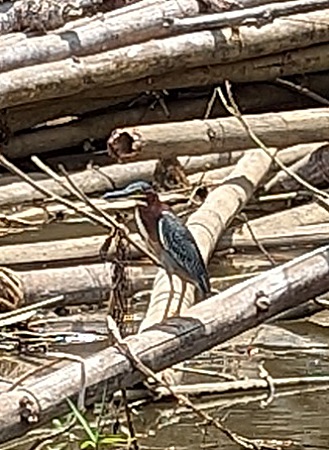
Proboscis bat (Rhynchonycteris naso), other common names include long-nosed proboscis bat, sharp-nosed bat, Brazilian long-nosed bat. and river bat.
These line up on the trunk of a tree so that they resemble a snake to deter predators.
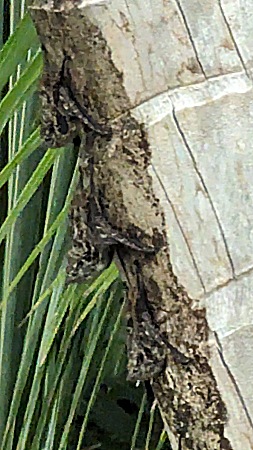
A flash of red high in a tree was these Scarlet Macaws (Ara macao)
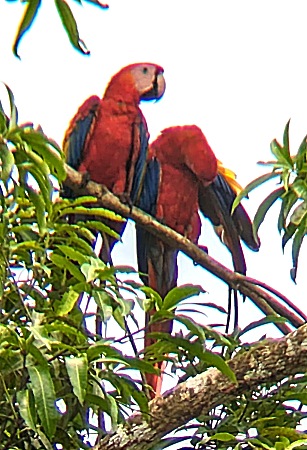
A Bare-throated Tiger-Heron (Tigrisoma mexicanum) was very still as we passed near it
This Spectacled Caiman (Caiman crocodilus) also seemed unperturbed by our boat passing close by.
This black-capped squirrel monkey (Saimiri boliviensis) and his friends appeared and disappeared at random making it hard to get a good picture.
Another green iguana (Iguana iguana)
This female great-tailed grackle or Mexican grackle (Quiscalus mexicanus) was near the Disquis spheres
We saw a variety of wildlife while on a walk along a trail in Manuel Antonio National Park.
This common potoo, or poor-me-ones (Nyctibius griseus) perched on the top of the stub of a tree.
It blended so well it was hard to figure out what was tree and what was bird.
Along one stretch of the trail there were a lot of red land crabs (Gecarcinus quadratus) AKA whitespot crabs or Halloween crabs.
A tiger leafwing (Consul fabius).
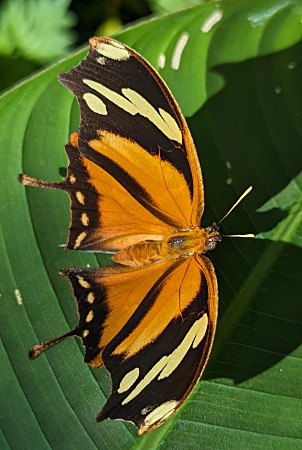
There were several brown-throated sloths (Bradypus variegatus) a species of three-toed sloth hanging around.
Atta Leaf-cutter Ants (Genus Atta) have found a colorful harvest .
A white-faced capuchin (Cebus imitator)was watching everything that was going on along the path.
Ready to scurry off at any sign of a problem.
This guy however looks like he is ready to fight.
The white birds we saw from the tower in the park may be immature wood storks but I can't find pictures that show yellow on the belly.
A black spiny-tailed iguana (Ctenosaura similis) on the beach